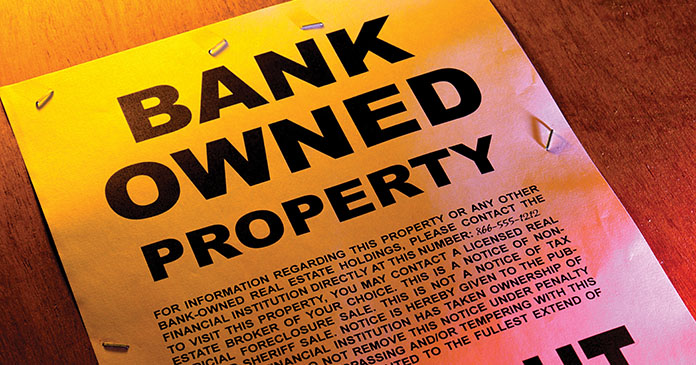At least part of the explanation for the rise in real estate’s standing in the 2010 survey is pretty obvious, thinks Mission Capital Advisors’ David Tobin: the outlook today compared to a year ago, when the collapse of Lehman Brothers was fresh in everyone’s minds. “Looking back into the fourth quarter of 2008, it looked very ugly,” Tobin says. “At the same time, prices on fixed-income assets, meaning CMBS and RMBS, were in free-fall. Nobody could predict the bottom, and all they could see was the giant explosion back in September ’08.”
Today, says the Mission Capital principal, “we’re in a lower interest rate environment than we were. There seems to be a lot more liquidity in the system, and spreads for riskier assets have tightened dramatically compared to a year ago.” Tobin adds that there’s “a little more visibility on the horizon with regard to job losses or growth, vacancy increases or declines and economic activity.”
Even so, Tobin doesn’t think we’ve found a bottom yet, although “certain assets have.” That view is shared by Ron Greenspan at FTI Consulting, one of the firms which commissioned the survey from Debtwire. “Commercial real estate and much of the debt attached to it have fallen in value to the point of being tempting for value players and distressed investors,” says Greenspan, senior managing director at FTI, in the report accompanying the survey. He adds that in most markets, commercial real estate’s down cycle “still has a way to go. The unwillingness of traditional real estate finance providers, namely large regional banks, to increase commercial real estate exposures on their books, and the very limited ability to securitize new loans, amplify the potential refinancing and default crises ahead. But this vacuum is also starting to attract private investment capital into the space.”
Given that, Tobin says, “You can go into a market like this and say, ‘at this price per pound, I’m comfortable owning that asset even if rents fall another 10, 15 or 20 percent and occupancies decline by another 5 or 10 percent.” He says that in contrast to the investors that often predominated during the market peak, today’s would-be buyers need to not only know what they’re getting into but also be aware of their own appetites for risk.
“You have to have geographical comfort because you know the market very well, or you have long-term patient capital comfort in that if the market were to move further downward for any length of time, you could ride it out,” Tobin says. “The investors in 2010 and beyond are going to be very different from the investors we were all very familiar with during the 2000s.”
The fact that the market overall has not reached bottom could steer investors to particular asset classes, Tobin says. “The two groups where current values are most easily ascertainable are multifamily and hospitality, because they have the shortest lease terms—a day for hospitality, a year or two for multifamily,” Tobin says. “Not surprisingly, those two classes have the highest CMBS delinquency. Investors can more easily understand value in these classes, because it’s easier to see how something is operating. It’s less apparent in office or industrial, because you don’t necessarily have clarity on the tenants’ underlying business.”
Yet the forces that affect the fortunes of lodging and multifamily properties may be “even more macro” than those for other sectors, Tobin says. For example, “what are jobs and unemployment doing to multifamily in any given city? What is tourism business doing for hospitality in a given area? I guess you can pick your risks; if you want to bet that job losses are going to end, you’ll go for multifamily. If you want to bet that tourism and business activity are going to strengthen, you might pick hospitality assets in a given market, or look at airport hotels, which are driven directly by the volume of passenger traffic going through the airports.”
That outlook is in keeping with the Debtwire report, which cautions that investors will have to do more “prospecting” this year. It was commissioned by FTI, Bingham McCutchen and Macquarie Capital (USA) Inc., and is based on responses from 100 distressed debt investors who were interviewed in November and December of ’09.
Author: Paul Bubny, GlobeSt.com
















